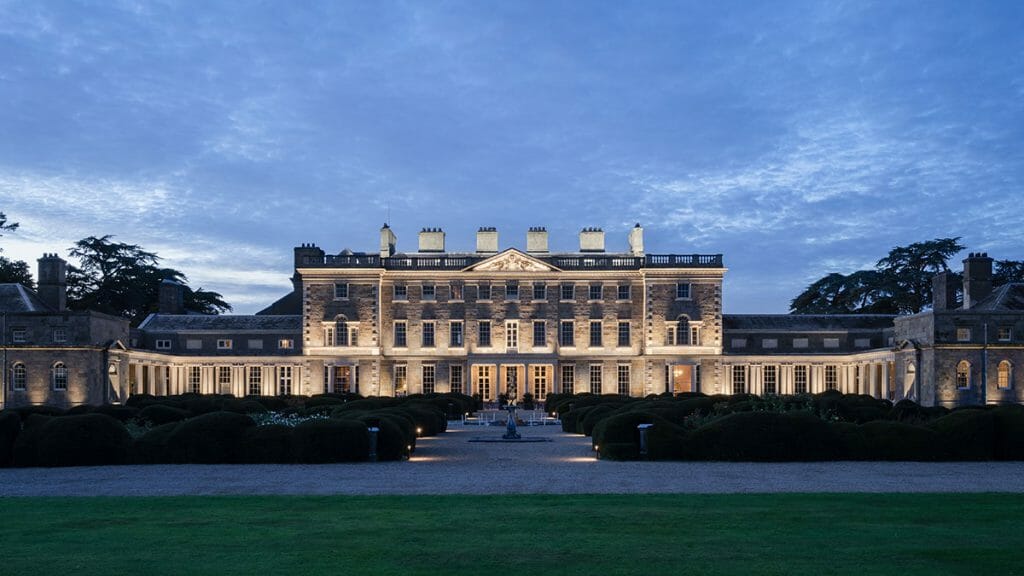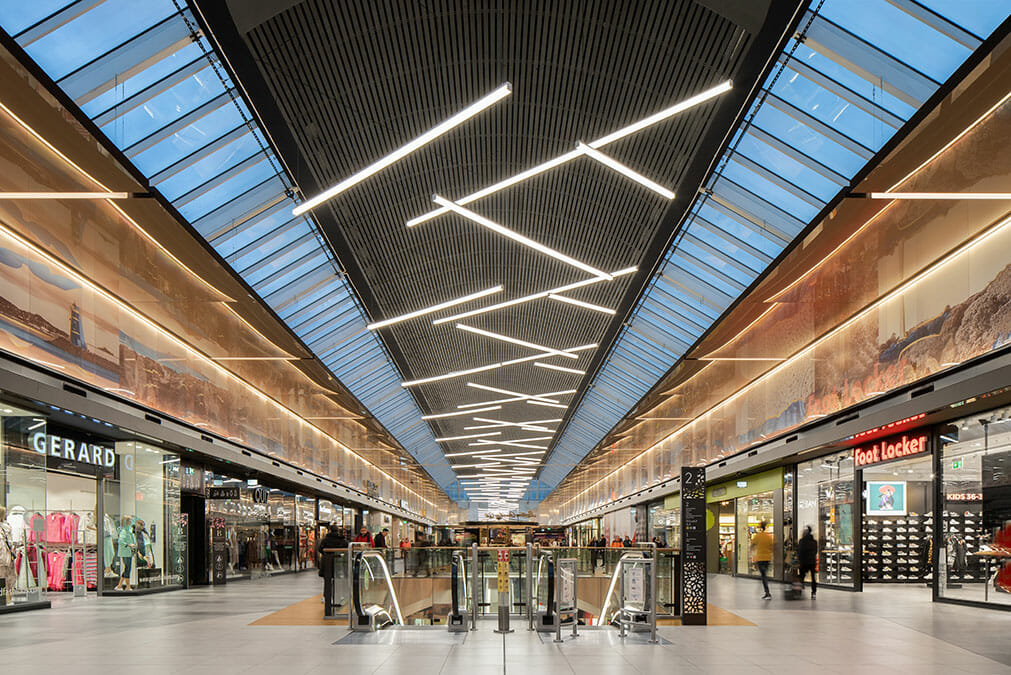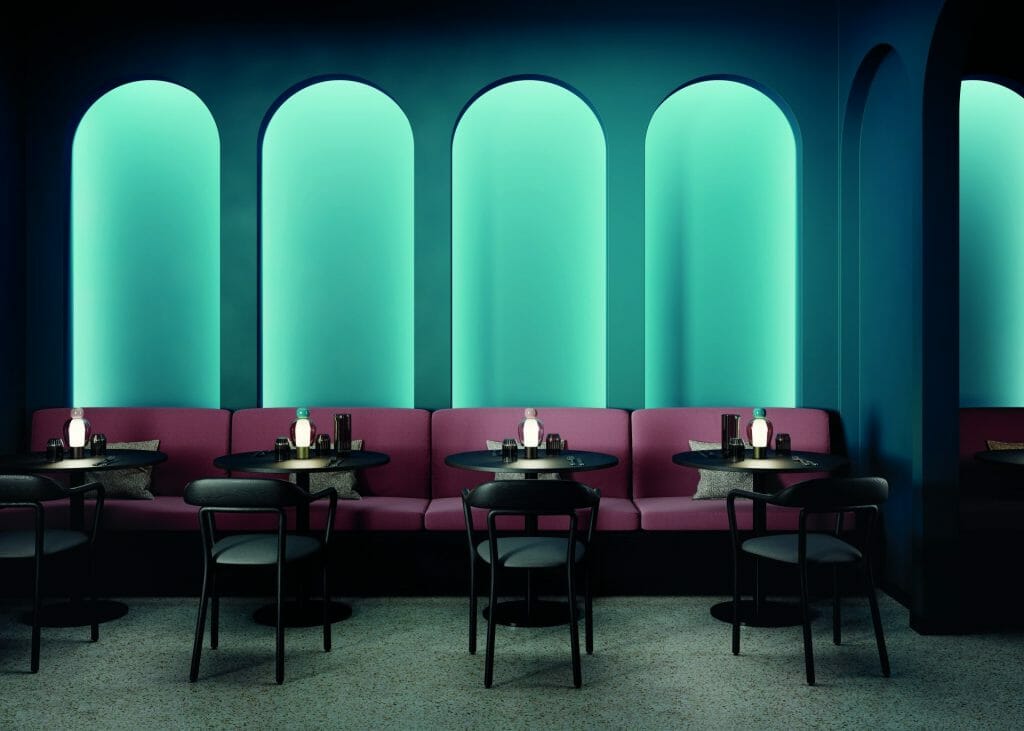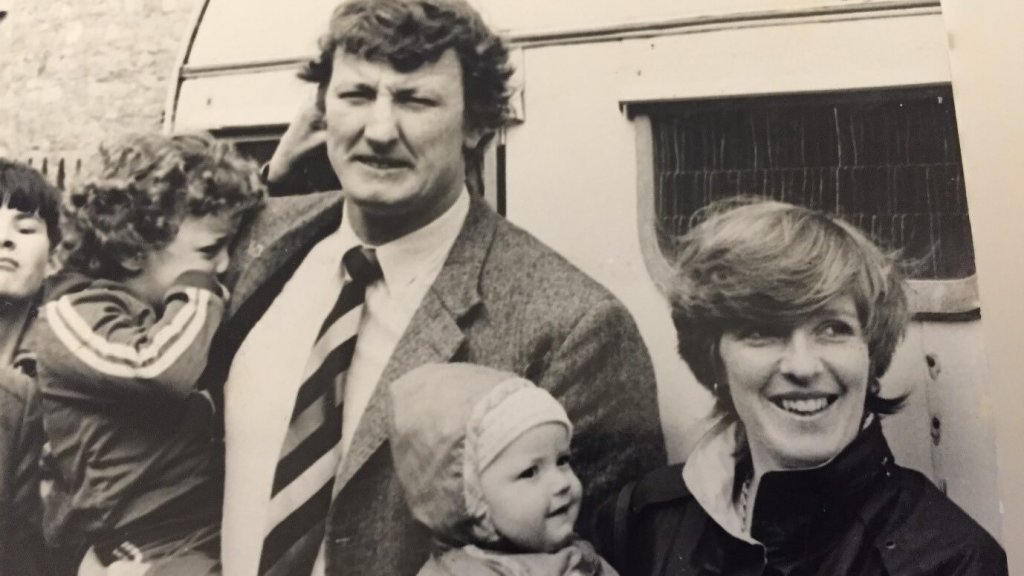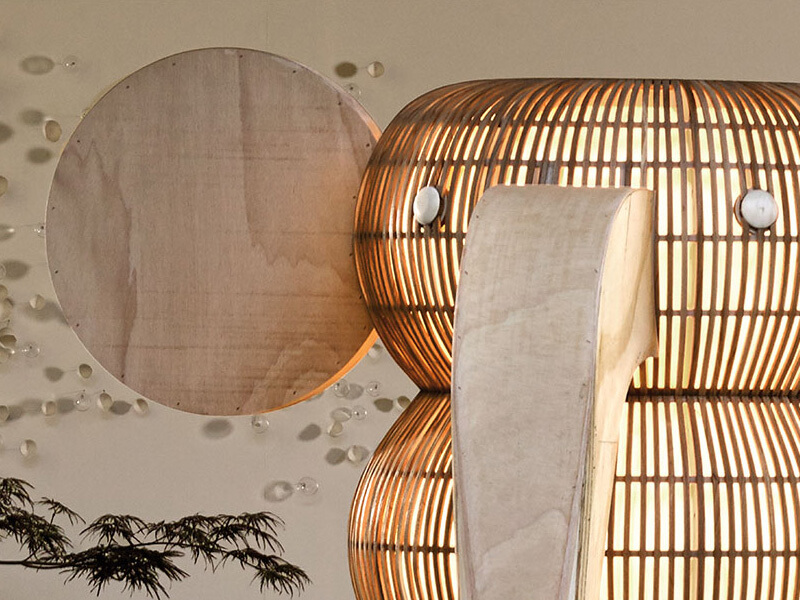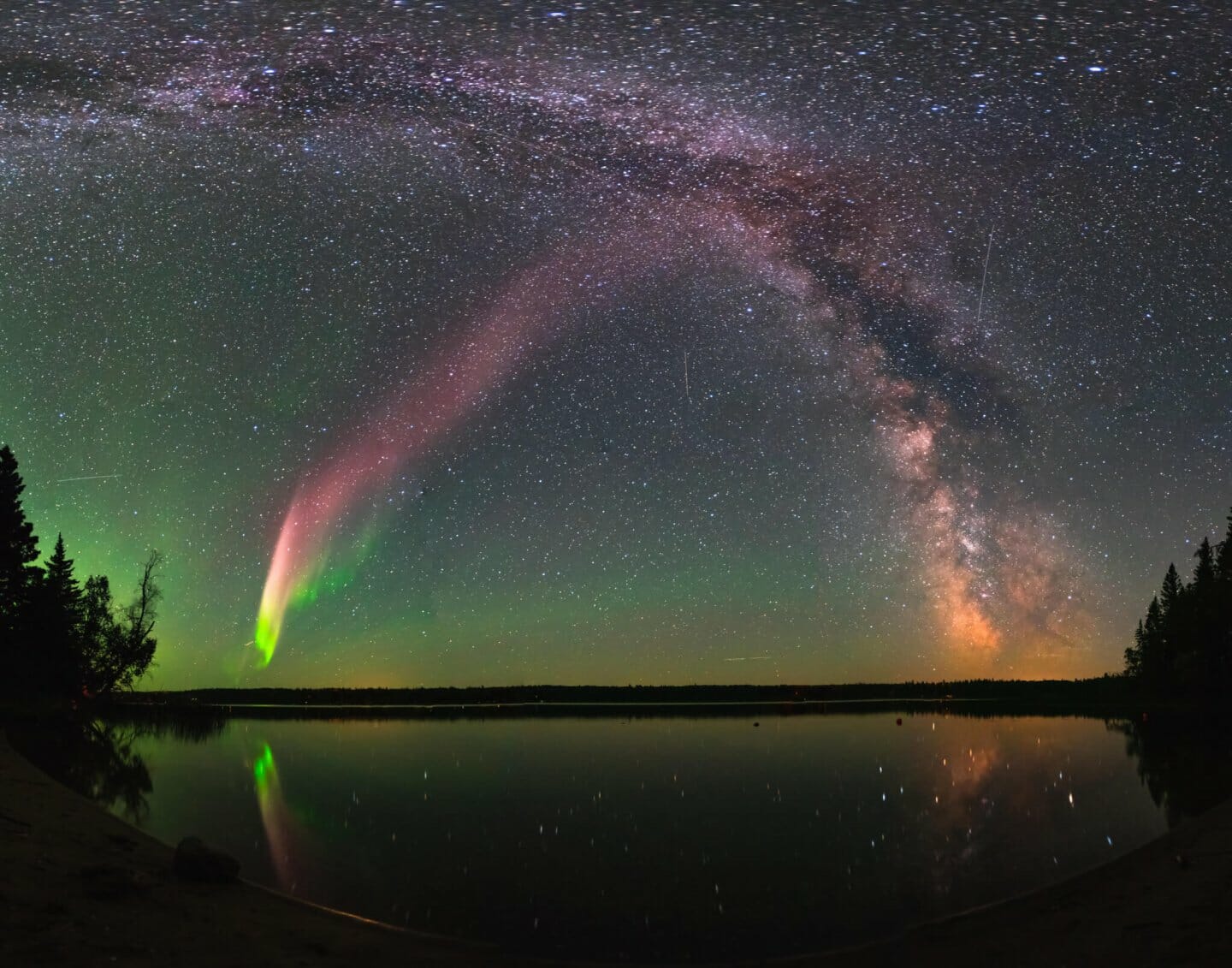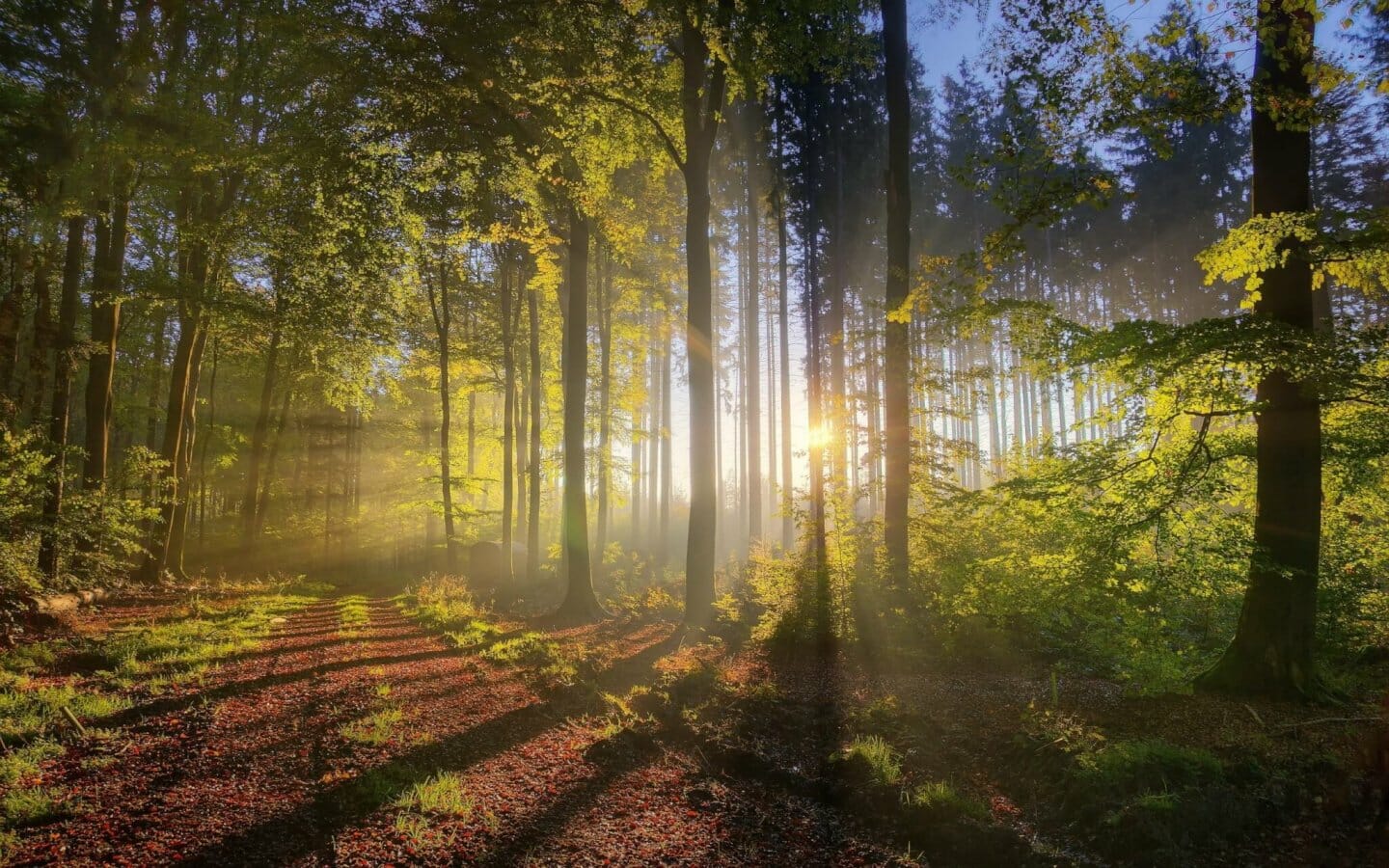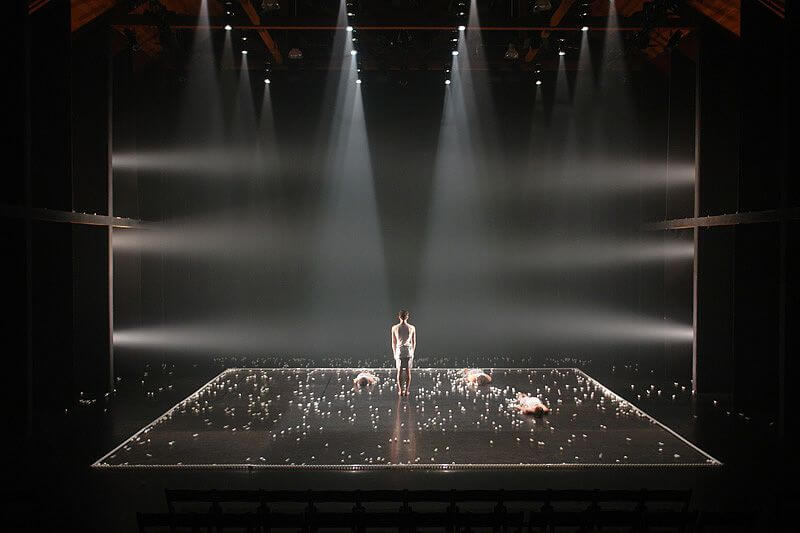- Contact us to discuss our residential design packages
- Shop
- Design
- Inspire
- About
- About
- Blog
- Light as Experience

- October 7, 2019
- Willie Duggan
Word Count 600
Read Time 4 MinutesLight is central to everyone’s experience of the world. In a world without light apart from the functional loss, we would have an aesthetic loss too; no colour, no contrast, no excitement, awe or drama.
Understanding Light
Light, like the air that we breathe is never regarded as important until we think about it. Think about the miracle of how constituent parts of light break down and are reflected. How materials absorb the spectrum of light and deliver colour. So, a green leaf – its not really green is it? Its our interpretation of green based on reflection and absorbtion. Magic eh? Then there’s the small matter of the miracle of processing light – how we see it, our eye processes it, manages the signals to our brain where we appraise it, file it, remember it and see it. It is magic. Think how many times a day we automatically make decisions based on light? What we buy – those peppers look beautiful, those apples look juicy, that scarf is just the right colour; all of these decisions are created and shaped by our subjective experience of light.
Light as Inspiration
When you look into how light is absorbed and plays on our internal palette its fascinating. When we travel we get excited by tropical turquoise seas, jewel like butterflies, golden sunsets. But there is also the less exotic side – think then of the less visible use of colour in your life – the environments you work and live in, the colours you use in your daily life just because of light. As lighting designers we agonise over colour temperatures, contrasts between warm white and cool white, direct and indirect light, light spill and wash. We understand the slightest changes can make or break a scheme. Ironically, we love darkness, that black, grey, navy inky darkness we all try to dispel can be your friend. Without it there is no contrast, there is no drama or excitement and no backdrop to the light show we want to create.

The Drama of Light
Light only exists because of dark and anyone who is tuned into interior spaces recognises this. So, whether its your home or office you can look at the quality and quantity of light there. Maybe its too brightly lit? Bright white, glacier like light? If so maybe you can dim the space, warm up the temperature. Turn down the lights and introduce smaller and more intimate light sources for tasks. As winter draws in at home I start to use candles just scattered around, the soft flicker warms the December afternoons when darkness draws in early. In your home you could start to think of how you see light – is it warm, cold- is there too much? Maybe you should look at using natural light more and creating nice spaces with zones and layers of light.

Lighting our Experience
In the wider world we often forget how much light plays a part in our entertainment experiences – the cinema, a light festival, dinner in a moodily lit restaurant, the big screen detailing in hyper reality every sporting moment. Think of the last concert, opera or gig you were at – the light show, the filters, the colours used to portray mood, emotion and the pitch of the singer. Each and every part is thought through for how it will affect the experience.
Hopefully this short piece will prompt you to reconsider the magic, multiple processes that happen when you look at a leaf, see a reflection in water, watch the harvest moon rise above the treetops or see stars cut a path across the Milky way. Its all to do with dark, light and a million tiny processes that make it all happen every second.
- Design
- Emotional Lighting, Layers of Light, Light

About Willie Duggan
Willie grew up in the family business, stacking boxes, wiring fittings and making deliveries. He went on to study engineering and then lighting design. After working as a lighting designer in London he returned to lead our design team. You can also find Willie chasing a ball round the rugby pitch, at a gig or threading the boards on stage.
Browse by category
Browse by tag
- #IDSW2019
- 2019
- 2021
- 2022 Award Winners
- 48 volt track
- About Us
- Ambient Lighting
- Architect
- Art
- Arturo Alvarez
- Awards
- Bathrom
- Bathroom
- Bathroom Design
- Bathroom Lighting
- Baynetcap
- bedroom lighting
- Behind the Scenes
- Biophilia
- Biophilic Design
- Blanchardstown Shopping Centre
- Blog Post
- Blue
- Brands
- building materials
- bulbs
- Carton House
- church design
- Colour
- Comfort Lighting
- commercial
- commercial design
- Contract Interiors
- cost
- Cottage Design
- Creativity
- Deconstructing
- decorative lighting
- Denise O'Connor
- Design
- Design Team
- Details
- Dining Space Lighting
- Downlighting
- downlights
- E14
- electrician
- Electrics
- Emotion
- Emotional Lighting
- enviromentally friendly
- Estluz Laverd
- Exhibitions
- Experience
- experiential showroom
- Exterior Lighting
- external lighting
- eyelit65R
- Festoon Lighting
- Finalists
- Finances
- first fix
- five star hotel
- floor lamp
- Floor Light
- Floor Plan
- flooring
- functional lighting
- Garden
- Garden Lighting
- Getting the lighting right
- Glare
- GU10
- guide
- Haberdashery
- Hard Wood Flooring
- healthy lighting
- Heart of the home
- hidden lighting
- hints
- Home
- Home renovation
- house design
- Hypro
- Illuminated Furniture
- IMNDA
- importance of windows
- inchsawmills
- Interior Design
- Interior Lighting Design
- Interiors Trends
- International Dark Sky Week 2019
- internorm
- IP Rating
- Irish Times
- Ivela
- Jan Battles
- kitchen
- Kitchen Design
- Kitchen lighting
- Kitchen Squeeze
- Lampshades
- Landscape Lighting
- Layers of Light
- LED
- LEED
- Light
- light and health
- Light Art
- Light Brands
- Light Design
- Light Effects
- Light Fitting
- light masterplanning
- Light Pollution
- Light Technology
- lightbulbs
- Lighting
- Lighting Company
- lighting controls
- Lighting Design
- lighting designer
- Lighting Designers
- Lighting Plan
- Lighting Products
- lighting switches
- lighting tips
- LIT awards
- Living Space Lighting
- LND
- LZF
- Minimal Glare
- Monica Duggan
- mood lighting
- Motor Neurone Ireland
- munster joinery
- Nest
- new build
- New Year
- new york
- newbuild
- Newsletter
- night time lighting
- NYCxDESIGN
- Online Consultation
- Open Plan Space
- Our Team
- Outdoor
- Outdoor Lighting
- Parquet FLooring
- pendant light
- Pendants
- Piet Oudolf
- plastering
- plumbing
- Power of Switching
- Prolicht
- recessed lighting
- reducer
- reflections
- renovate
- Renovation
- Residential Lighting
- Residential lighting design
- retail
- Retro Fit
- riai
- salvaging
- scene setting
- Self build
- Self Build Newsletter
- selfbuild
- senator
- shadows
- sonos
- spacer
- Spotlights
- st bartholomews church
- Studio Italia
- sustainable
- sustainable building
- switching
- table lamp
- Table Light
- talalighting
- Task Lighting
- The Irish Times
- timber frame
- tips
- Trend
- tricks
- UGR
- Unified Glare Rating
- voliere
- willie duggan
- willieduggan
- Windows
- wiring





- Inspire
